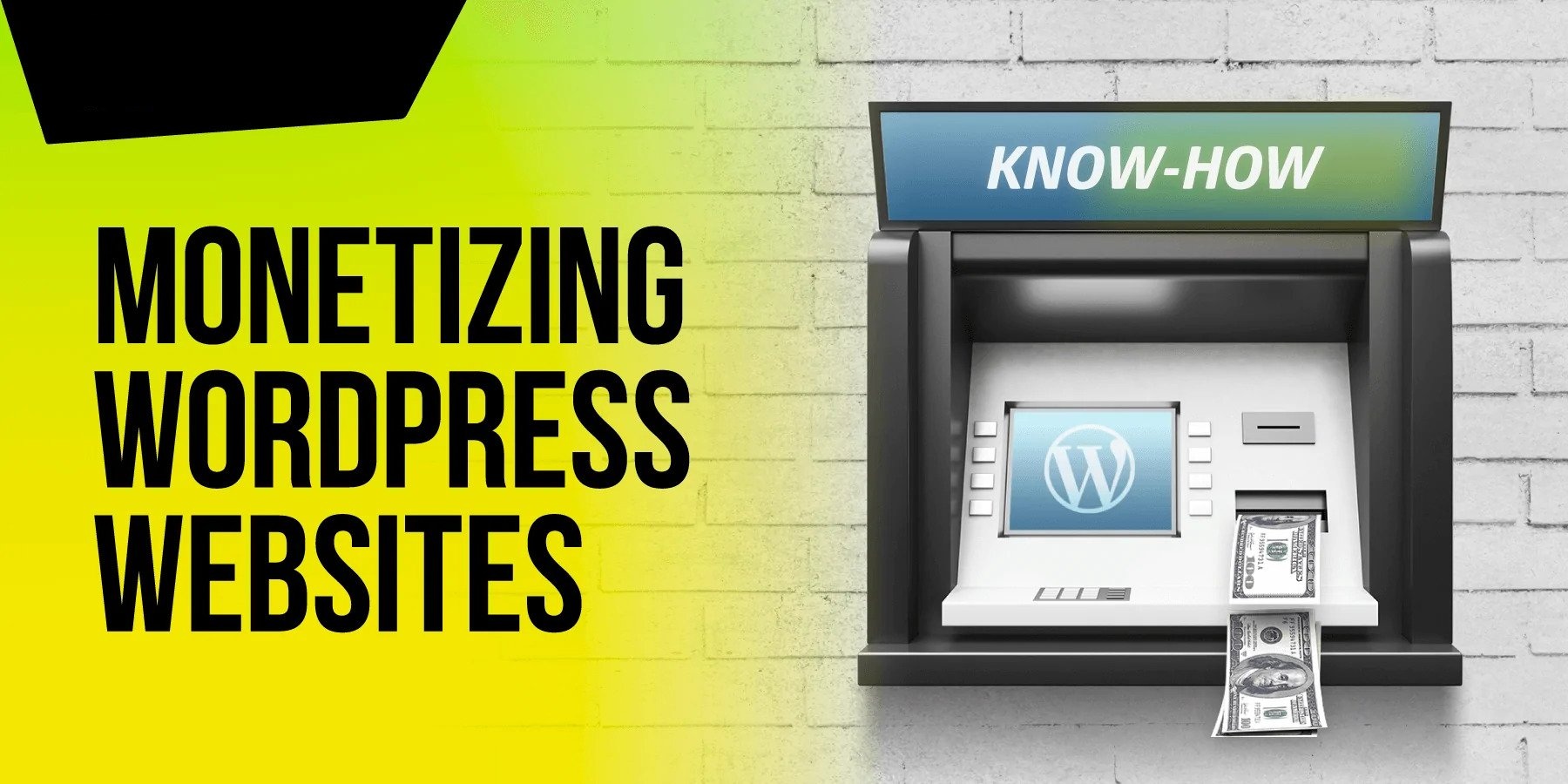Step 5: Growing your visitors and monetising your website
Congratulations. The easiest part is done.
You’ve managed to set up your website for others to browse and read. Congratulations!
If you’re stuck or something doesn’t seem to be working on your website, do not hesitate to reach out. We read and reply to every question we receive.
Now it’s time to increase the visibility of your new website.
Part 1. Connect your website to Google Search Console
Google Search Console allows you to track visitors to your website from the search engine, and also gives you a better idea of what kind of content is most popular.
GSC also gives you an overview of your website’s health. It’s a helpful, free tool for gaining insight into your website.
Setting up the tool shouldn’t take more than ~20 minutes. Here’s a step-by-step guide for that.
Part 2. Set up social profiles
Next, pick two to three social channels where you want your brand to be present and active. These will often depend on your website niche – here are just a couple of popular media outlets to consider:
- Youtube
Part 3. Make a content plan
This is one of the most important parts of getting more visitors to your website.
To start off, come up with ~30 keywords that relate to your website, business, or target audience. For example, if your business is about fitness: you could feature the word “anaerobic”. For this, write content that includes that keyword, such as “5 ways to train in an anaerobic state”. You can either write the content yourself or hire a dedicated professional.
Remember: the more accurate and in-depth the content, the higher chance that you will receive more traffic from Google and other search engines.
If you are unsure what to write about, this article can help you get started.
Part 4. Monetise your website
Every website and small business needs income. Luckily, there are dozens of ways to make money off your website visitors.
- Leads and requests – people connect with you for a physical or online service
- Online store – here, you can sell physical or digital goods
- Affiliate marketing – you can refer people to buy or use another company’s product and make a percentage from the sale
- Adverts – there are many different ad networks that can place ads on your website and you can earn money from it.
This list can be longer, so if you are interested in reading more – see this article.
Part 5. Build an email list
Last, but not least (this stage is often overlooked) it’s important to start generating connections from day one.
Collecting the email addresses of your website visitors helps to build a large client base. These databases can accumulate over the years and become a very valuable asset.
Finally, understand what works best for you and focus on that one channel. In the internet marketing world, there is no one recipe for success – what works for the law industry won’t necessarily succeed for an online store that sells footwear.
If you want to learn how to build an email list – read this article.

